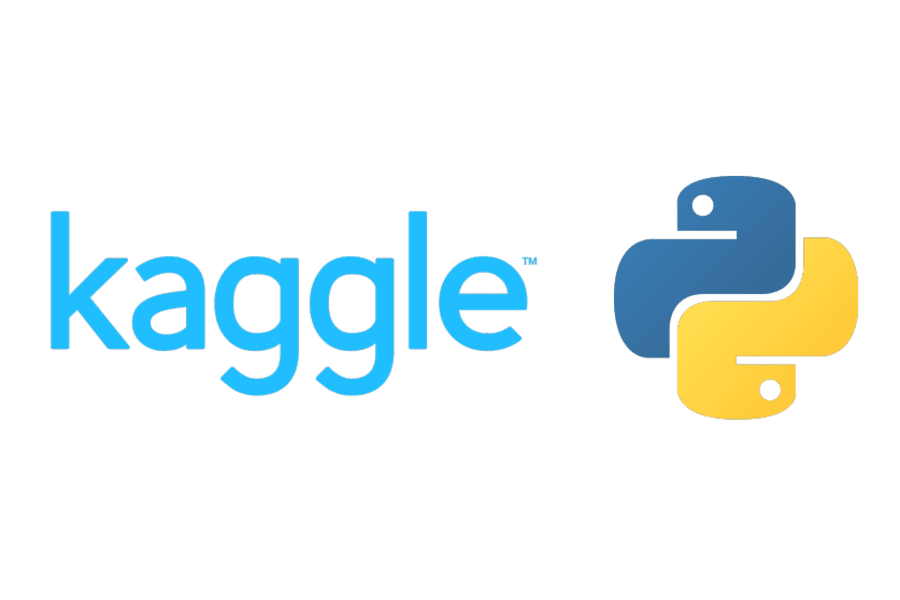WHAT IS KAGGLE?
Data scientists spend their evenings and weekends working on Kaggle. It serves as a platform for crowdsourcing the recruitment, development, instruction, and testing of data scientists from around the globe to address issues in data science, machine learning, and data modeling.
Do you understand that the majority of data scientists are merely theorists who are infrequently given the chance to put their theories into practice before they are even hired in the real world? By giving data science enthusiasts a forum to participate in and begin competing in solving real-world problems, Kaggle addresses this challenge. The knowledge you get on Kaggle for data science will be of immeasurable use in preparing you to understand how to identify innovative big data solutions.
How to Use Kaggle for Data Science
The largest online community of data scientists and pattern recognition specialists is called Kaggle. This platform includes more than 1 million registered users, hundreds of publicly available datasets, code snippets, and notebooks, but most importantly, many of the top data scientists in the world successfully use it.
Develop the Foundational Skills
Although Kaggle for data science is an excellent resource for learning and mastering fundamental skills, it can rapidly become intimidating for those who are unfamiliar with them. So, first, perform a skill gap analysis, ascertain your level of proficiency, and calculate the amount of learning necessary to reach a competency where you feel confident with the following.
Any programming language’s foundational programming. The two most used programming languages for data science are Python and R. Many of the Kaggle-hosted notebooks will also be written in Python or R. Reviewing and understanding the accessible notebooks would greatly benefit by having a foundational understanding of programming.
Once you own these essential skills, it will be simpler for you to learn more complicated subjects and appreciate some of the approaches that are primarily employed by seasoned data scientists.
Study the Datasets
If you are new to data science, begin by exploring datasets. Start with straightforward datasets to reduce the time needed for data import, analysis, and visualization. Additionally, choose datasets from a field that you are interested in since this can help you analyze data more effectively.
Check the dataset descriptions for information on the methods used to acquire the data, the time period to which they belong, and other factors that may help you formulate your queries for exploratory data analysis.
Investigate the dataset first, then record your results. This significant upgrade allows users to contribute exciting things that could be done with analysis, so take a look at the “Tasks” tab for more suggestions.
Use the EDA Code Snippets to Learn
Studying data exploration from the most experienced people is essential. Look for analytical code snippets with a large number of likes and those that come from highly qualified individuals under the Notebooks tab for the datasets you’ve been working with. Investigate the most recent analysis and draw comparisons to your work. Recognize the knowledge gaps or missed analyses that you have overlooked; this comprehensive assessment will ensure that you have learned a lot more.
Spending time on these phases is essential since the effectiveness of your data analysis will directly affect the model or solution you are developing. Take the necessary time to research and study the work of data analysis professionals.
Look through and rerun the Data Science Notebooks
It’s time to focus on creating statistical models and other data science solutions now that you have honed your data analysis skills. Examine the notebooks that deal with use cases and attempt to rerun them while going line by line through the reasoning. Try to investigate a range of options, including notebooks on developing classification and regression predictive models as well as notebooks on developing options like a recommender system. Knowing these answers will be greatly aided by going through a range of them.
Advantages of Kaggle for data science
- You might be able to find a decent teammate for your upcoming tournament because so many people share your hobbies.
- These contests frequently include monetary prizes, and some of them even have hiring contests where you might discover your future job.
- Additionally, they have a job platform that makes applying for positions simple.
- A number of courses are available on Kaggle, and most of them are quick and helpful for brushing up on your abilities.
- Your achievements here will be appreciated in the industry because Kaggle is well-known in the data science field.
conclusion
As it turns out, Kaggle for data science is basically an online community of data scientists. They host “challenges”—competitions—wherein the contestants submit algorithms for a chance to win money. Kaggle also hosts forums, tutorials, and even an active jobs board. There’s a lot to learn when you first start competing on Kaggle, and that can be intimidating. But once you get the hang of it, you’ll likely find it quite fun.

